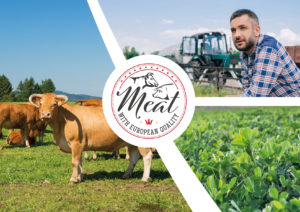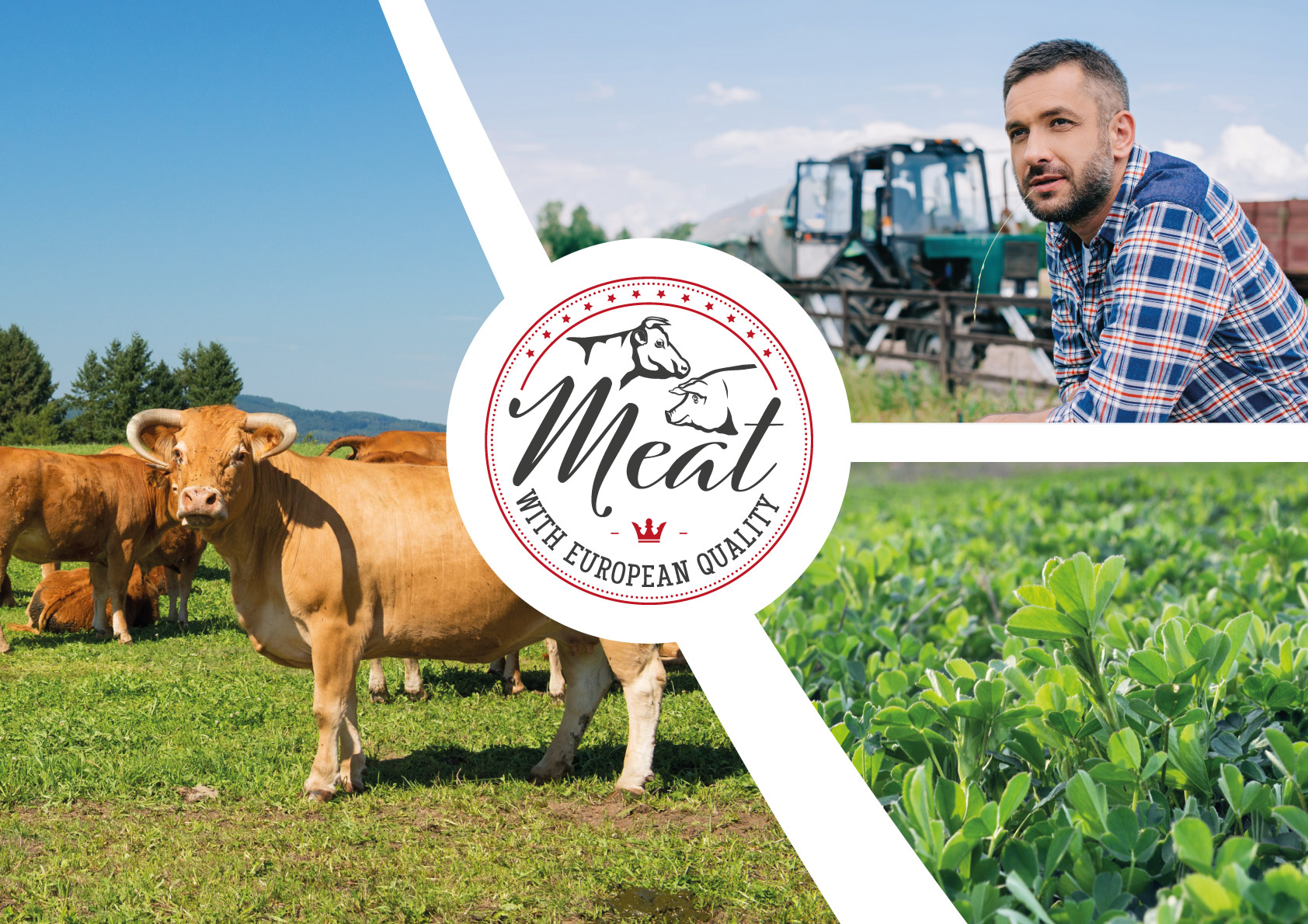Family farms have been a linchpin of agriculture in Europe for years. Provision of food for the inhabitants of the old continent rests mainly on their shoulders. A large percentage of them are involved in livestock production, a branch that uses more than 60% of agricultural land in the European Union for its purposes[1]. Climate change has a major impact on the operations of the agricultural and livestock sectors[2].
The European Union has faced up to these problems and, through effective action on food production, in Europe there has long been a trend towards sustainable meat production. An example of this is Life Beef Carbon, which develops the best practices for the environment in cattle farming[3]. It involves promoting innovative systems and procedures in livestock farming to ensure technical, environmental and social sustainability on livestock farms, thus improving the interaction between climate and livestock production.[4]
One of the solutions which is consistent with the Life Beef Carbon is extensive grazing of cattle. It includes recommendations for preserving grasslands as grazed cattle not only compact the pasture sward, creating a local microclimate for many plants and insects, but also effectively fertilise the soil, ensuring soil fertility and mitigating carbon dioxide in the form[5] of humus.
This project develops examples of actions that European farmers can implement to reduce their carbon footprint. These include improving: animal productivity, feed quality, soil fertility and fertiliser efficiency. Expectations for farmers also focus on the use of new plant species and low-carbon emission technologies – for example, the use of urease inhibitors[6].
Sustainable meat production can also be achieved through the use of biodiversity by increasing the proportion of legumes sown to replace imported soya meal. Legumes, owing to their symbiosis with papillary bacteria, absorb free nitrogen from the air, so that the farmer does not have to use nitrogen fertilisers, which are emitters of nitrous oxide – one of the greenhouse gases[7]. A solution supporting the development of leguminous crops in the European Union is the greening procedure, through which a large number of family farms have opted for environmentally friendly crops[8]. Livestock farming has many advantages such as manure which is obtained can replace artificial fertilisers, while grazing cattle on perennial pastures reduces the use of plant protection products and the use of rotations with forage crops such as alfalfa, clover or peas breaks up monoculture. These practices increase soil organic matter, absorb carbon dioxide from the atmosphere and support biodiversity. Sustainable farms keep animals as close to nature as possible. Animals are kept in a welfare state, allowing them to express their normal behaviour[9].
In the US market, the trend for consciously sourced food is becoming more and more popular. Surveys carried out in the US show that there is a growing number of consumers who demand sustainable food.[10] The future will bring many challenges for the food production sector and sustainable production will be one of the ways to protect the climate and the environment.
For this reason, EU countries have started to face this challenge by implementing strategies such as the European Green Deal or the Sustainable Development Goals[11]. It is worth remembering that family farms form the basis of the European Union’s agricultural system, accounting for as much as 95.2% of all farms in the European Union[12].

- [1] https://www.greenpeace.org/eu-unit/issues/nature-food/1807/71-eu-farmland-meat-dairy/
- [2] https://interactive.carbonbrief.org/what-is-the-climate-impact-of-eating-meat-and-dairy/
- [3] https://www.cambridge.org/core/journals/animal/article/life-beef-carbon-a-common-framework-for-quantifying-grass-and-corn-based-beef-farms-carbon-footprints/847D86C618A5255491A718E4E844643F
- [4] https://climateinitiativesplatform.org/index.php/Life_Beef_Carbon_Initiative
- [5] https://civileats.com/2018/04/10/can-responsible-grazing-make-beef-climate-neutral/
- [6] https://www.cambridge.org/core/journals/animal/article/life-beef-carbon-a-common-framework-for-quantifying-grass-and-corn-based-beef-farms-carbon-footprints/847D86C618A5255491A718E4E844643F
- [7] https://americancarbonregistry.org/resources/reduced-use-of-nitrogen-fertilizer
- [8] https://ec.europa.eu/info/food-farming-fisheries/key-policies/common-agricultural-policy/income-support/greening_pl
- [9] https://foodprint.org/issues/sustainable-agriculture-vs-industrial-agriculture/
- [10] https://www.warc.com/newsandopinion/news/more-us-consumers-demand-food–drink-sustainability/43153
- [11] https://mycorena.com/what-lies-beyond-sustainable-and-ethical-food-production
- [12] https://ec.europa.eu/eurostat/statistics-explained/index.php?title=Agriculture_statistics_-_family_farming_in_the_EU
